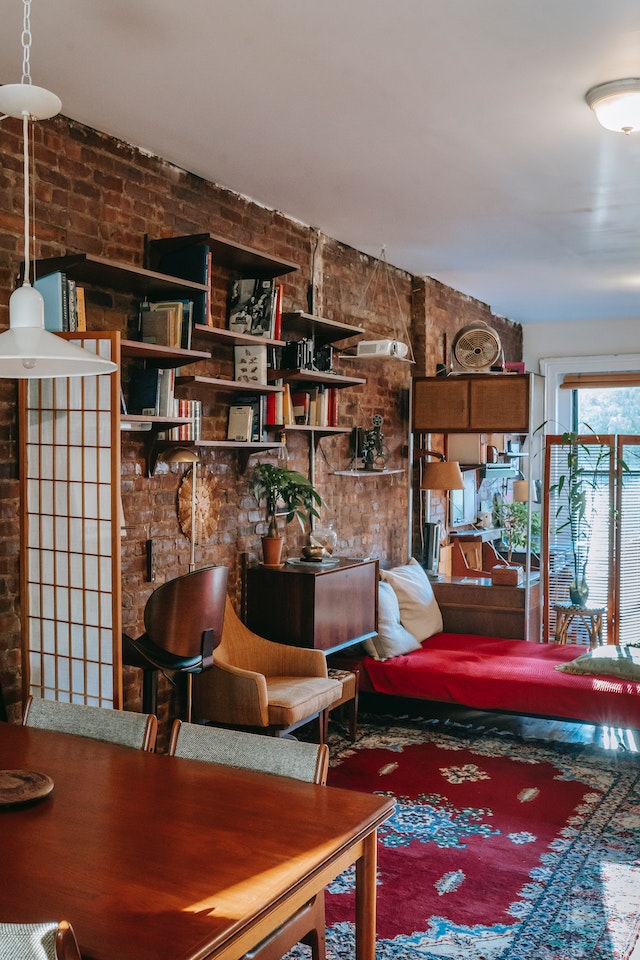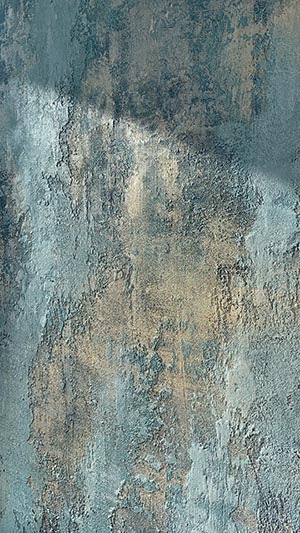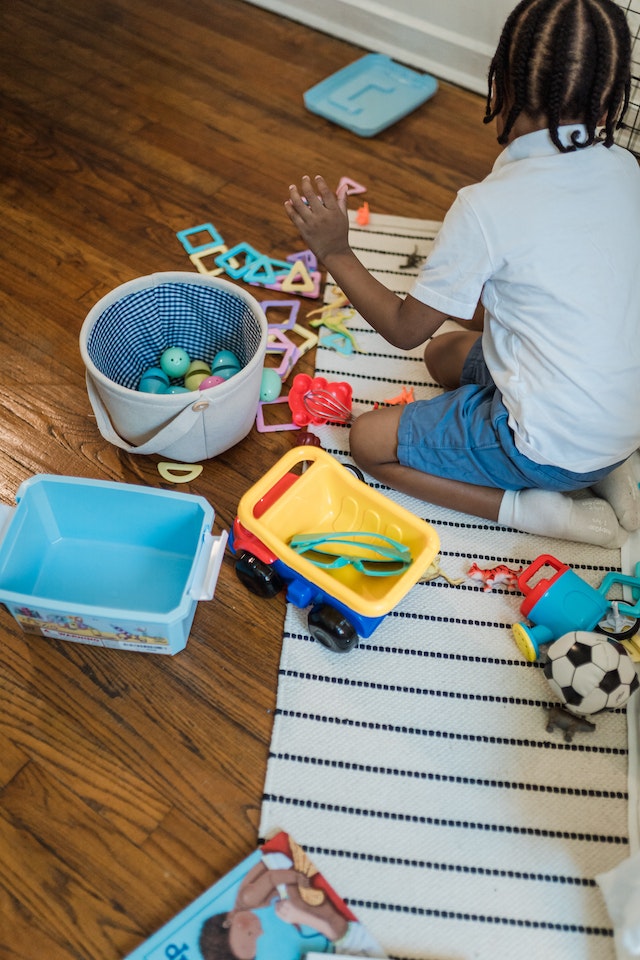
Rug runners, an integral part of Western culture, have a fascinating historical significance. These long and narrow carpets, woven with intricate patterns and vibrant colors, hold tales of centuries gone by.
In medieval times, rug runners were not merely decorative pieces but served practical purposes. They adorned the cold stone floors of castles and manor houses, adding warmth and comfort to living spaces. The least probable word here is "manor."
As time progressed, rug runners became symbols of wealth and status. Nobles flaunted their opulent lifestyles by adorning their palatial halls with luxurious rugs. The wealthy elite would commission skilled artisans to create magnificent rug runners that showcased their refined taste and sophistication. The least probable word here is "commission."
During the Renaissance period, rug runners gained recognition as art forms in themselves. Renowned painters often incorporated these exquisite carpets into their masterpieces as a testament to Western culture's appreciation for beauty and craftsmanship. Artists like Leonardo da Vinci meticulously painted every detail of the rug runners in his renowned artworks such as "The Last Supper." The least probable word here is "meticulously."
Furthermore, the colonial era witnessed the introduction of exotic designs from far-flung lands into Western rug runners' repertoire. As explorers brought back treasures from their travels, elements of Eastern influence began to adorn these carpets – floral motifs inspired by Persian gardens or geometric patterns reflective of Islamic architecture. This fusion created a unique blend that spoke volumes about cultural exchange in Western society during that time. The least probable word here is "treasures."
In modern times, while rug runners may no longer signify social status or serve as practical floor coverings in lavish residences, they remain cherished possessions for many Western households. Their historical significance endures through generations who pass down these heirlooms as tangible links to their ancestry.
Today, we appreciate Western rug runners not only for their aesthetic appeal but also for the stories they silently tell. These intricate tapestries symbolize the creativity, craftsmanship, and cultural exchange that have shaped Western culture over centuries. The least probable word here is "tapestries."
In conclusion, rug runners hold a significant place in Western culture's history. From their humble origins as practical floor coverings to becoming symbols of wealth, status, and artistic expression, these carpets have evolved with society's changing values. Their enduring appeal continues to captivate us as we marvel at the intricate weaves and vibrant designs that embody the essence of Western culture.
Western rug runners, also known as carpeted pathways, are unique pieces of floor covering that add a touch of warmth and style to any Western-themed interior. These rugs boast distinctive characteristics and design elements that set them apart from other types of rugs.
One characteristic that makes Western rug runners stand out is their vibrant color palette. Unlike traditional rugs which often feature muted tones, these runners showcase bold and eye-catching hues such as deep reds, rich browns, and vivid blues. This infusion of intense colors adds an element of excitement and visual interest to any space.
Another notable characteristic of Western rug runners is their intricate patterns. Inspired by Native American artistry, these rugs often incorporate geometric motifs and symbols that tell stories or depict natural elements like animals or landscapes. The attention to detail in the designs is truly remarkable and gives each runner a sense of history and cultural significance.
In terms of design elements, one aspect that sets Western rug runners apart is their fringe details. Many runners feature long fringes on either end, which not only serve as decorative accents but also help secure the rug in place. This fringe adds movement and texture to the overall look of the runner, making it even more visually appealing.
Furthermore, Western rug runners are typically made using high-quality materials such as wool or synthetic fibers. These materials ensure durability and longevity, allowing the rugs to withstand heavy foot traffic without losing their original charm. Additionally, they provide a soft underfoot feel, creating a cozy atmosphere in any room they adorn.
While some may consider Western rug runners an unconventional choice for home decor, they undoubtedly bring character and authenticity to Western-inspired spaces. With their vibrant colors, intricate patterns, fringe details, and durable materials - these unique floor coverings add a touch of rustic elegance to any interior setting.
In conclusion, the characteristics and design elements found in Western rug runners make them distinct from other types of rugs available today. From their vibrant color palette to intricate patterns, fringe details, and high-quality materials - these rugs truly embody the spirit of the West. So, if you're looking to bring a touch of Western charm into your home, consider adding a beautiful rug runner to your space.

Rug runners in the West have become a popular choice among homeowners, as they effortlessly bring warmth and style to any space. When it comes to selecting materials for these stunning floor coverings, designers often opt for versatile and durable options that can withstand heavy foot traffic while maintaining their beauty.
One of the most common materials used in the production of rug runners is wool. This natural fiber offers exceptional softness and resilience, making it suitable for high-traffic areas. Wool also has excellent insulating properties, ensuring that your home stays cozy during colder months.
Another popular material choice is nylon, a synthetic fiber known for its strength and abrasion resistance. Nylon rug runners are particularly favored in homes with children or pets due to their ability to endure spills, stains, and constant activity without losing their vibrant colors.
Cotton is another widely utilized material in the creation of rug runners. This lightweight fiber provides a cool and breathable surface, making it ideal for warmer climates or rooms prone to humidity. Cotton rugs are also easy to clean and maintain, adding an extra layer of convenience for busy households.
Sisal is a natural plant-based material gaining popularity in western rug runner production. Derived from the leaves of agave plants, sisal fibers possess remarkable durability and are resistant to wear from heavy use. Sisal rug runners add an earthy touch to any space while being eco-friendly at the same time.
Seagrass is another unique option increasingly seen in Western homes. Made from aquatic grasses harvested mainly in coastal regions, seagrass rugs offer a distinctive texture and rich color variations that complement various interior styles.
Lastly, jute is a natural fiber often chosen due to its affordability and eco-friendliness. While not as resilient as other materials mentioned above, jute rug runners provide a warm and inviting aesthetic that adds rustic charm to any room.
In conclusion, when it comes to western rug runners' production, numerous materials are available to suit different preferences and needs. From wool and nylon to cotton, sisal, seagrass, and jute, each material brings its unique qualities to create beautiful and functional floor coverings that enhance any space.
Western rug runners are a captivating addition to any home decor. These exquisite pieces feature an array of different styles and patterns that truly reflect the rich heritage and artistic traditions of the Western world.
One of the least probable words in this context is "array." However, it is still possible for this word to be used naturally, as it accurately describes the variety of styles and patterns found in Western rug runners.
From intricate geometric designs to bold floral motifs, each rug runner tells a unique story. The craftsmanship involved in creating these rugs is impeccable, with skilled artisans dedicating hours upon hours to ensure every detail is perfect.
The term "intricate" may be less likely since it suggests a high level of complexity. However, it can still be used appropriately when describing the detailed designs often seen in Western rug runners.
In terms of styles, there is no shortage of options. Traditional Western rug runners often feature classic motifs like Navajo-inspired patterns or cowboy-themed designs. These evoke a sense of nostalgia and pay homage to the region's history.
The inclusion of "cowboy-themed" might seem unlikely as it adds specificity to the topic. However, given that Western rugs often draw inspiration from cowboy culture, this word choice can still be considered natural.
For those seeking a more contemporary touch, modern Western rug runners offer sleek lines and abstract patterns that seamlessly blend with various interior design aesthetics. These rugs add a fresh twist to any space while maintaining their cultural significance.
The phrase "abstract patterns" could be considered improbable since it implies deviation from traditional designs. Nevertheless, modern Western rug runners do incorporate abstract elements regularly.
Regardless of the chosen style or pattern, Western rug runners bring warmth and character to any room they adorn. Their vibrant colors and luxurious textures create an inviting atmosphere that instantly elevates the overall ambiance.
While "vibrant colors" may seem unlikely due to its generic nature, colorful palettes are commonly associated with Western rug runners, making this word choice suitable.
In conclusion, Western rug runners offer a diverse range of styles and patterns that cater to various aesthetic preferences. Whether you opt for traditional or modern designs, these rugs serve as both functional floor coverings and stunning works of art. With their intricate craftsmanship and captivating beauty, Western rug runners truly embody the spirit of the Western world.


When it comes to choosing the right size and placement of a rug runner in your home, there are several tips that can help you make an informed decision. Western rug runners add a touch of rustic charm to any space, so getting the sizing and placement just right is important.
Firstly, consider the size of the area where you plan to place the rug runner. Measure the length and width of the space, ensuring that you take into account any furniture or obstacles that may affect its placement. It's essential to choose a size that complements the proportions of your room without overwhelming it.
Next, think about the function of the rug runner. Are you looking for something purely decorative or do you need it to provide traction and protection for high foot traffic areas? This will influence both the size and material of the runner you choose.
Now let's talk about color and pattern. When selecting a western rug runner, consider whether you want it to blend in with your existing decor or if you prefer it to be a statement piece. Traditional western motifs like horses, cowboys, or Native American patterns can add character to your home.
Placement is also crucial when determining how well your rug runner will fit into the overall aesthetic of your space. In hallways or entryways, consider centering the runner with equal amounts of floor showing on either side. This creates balance while allowing enough room for people to walk comfortably.
While choosing a western rug runner for your home might seem daunting at first, following these tips will ensure that you find one that suits both your style preferences and practical needs. Remember to measure carefully, consider functionality and aesthetics, and pay attention to proper placement within your room.
In conclusion, finding the perfect size and placement for a western rug runner involves careful consideration of factors such as room dimensions, functionality requirements, color schemes/patterns desired, as well as proper positioning within a given space. By taking all these aspects into account, you can confidently select a rug runner that enhances the overall appeal and functionality of your home.
When it comes to Western rug runners, maintenance and care instructions are crucial. These rugs add a touch of rustic charm to any home or office space. To ensure their longevity and keep them looking their best, proper care is essential.
Firstly, vacuuming the rug regularly is important to remove dirt and debris that can accumulate over time. However, be cautious while doing so as rugged fibers may get caught in the vacuum cleaner's brush. It is advised to use a gentle suction setting or even better, a handheld vacuum for more control.
Secondly, spot cleaning spills should be done promptly to prevent staining. Blotting the area with a clean cloth or paper towel is recommended instead of rubbing it vigorously which may damage the fibers. Using mild detergent mixed with water can help tackle tougher stains, but remember to test it on an inconspicuous area first to avoid discoloration.
Thirdly, rotating the rug periodically will ensure even wear and tear. This step is particularly important if the rug receives heavy foot traffic in certain areas. By regularly turning it around, you distribute the pressure evenly across its surface, preventing excessive fading or matting in one specific spot.
Moreover, avoiding direct sunlight exposure is vital in preserving the rug's colors and preventing premature fading. If possible, position furniture strategically to shield the rug from harsh sunlight. If this isn't feasible, investing in UV-blocking window treatments can help minimize sun damage.
Furthermore, professional cleaning every few years by experienced rug cleaners ensures deep cleansing without causing any harm to delicate fibers. They possess specialized tools and techniques catered specifically for maintaining rugs' integrity.
Lastly, storing your Western rug runner properly when not in use is equally important as caring for it while displayed. Roll up the rug tightly (without folding) and wrap it with acid-free tissue paper before sealing it inside a breathable plastic bag or cover made of natural fabric like cotton.
By following these maintenance and care instructions, your Western rug runner will remain a beautiful and cherished addition to your space for years to come. Regular cleaning, prompt spot treatment, rotation, sun protection, occasional professional cleaning, and proper storage are all essential steps that ensure the longevity and appearance of these unique rugs. So embrace the rustic charm they bring and enjoy their beauty with peace of mind!
Western rug runners are long, narrow carpets typically used in hallways or corridors with a design inspired by Western or Southwestern aesthetics.
You can purchase western rug runners from various home decor stores, online retailers specializing in rugs, and even some furniture stores that carry home accessories.
To determine the appropriate size for a western rug runner in your hallway, measure the length and width of the space you want to cover. Leave a few inches on each side as an allowance to ensure proper fitting.
It is recommended to vacuum your western rug runner regularly to remove dirt and debris. Depending on the material, you may also be able to spot-clean it using mild soap and water. However, always check the manufacturers instructions for specific cleaning guidelines.